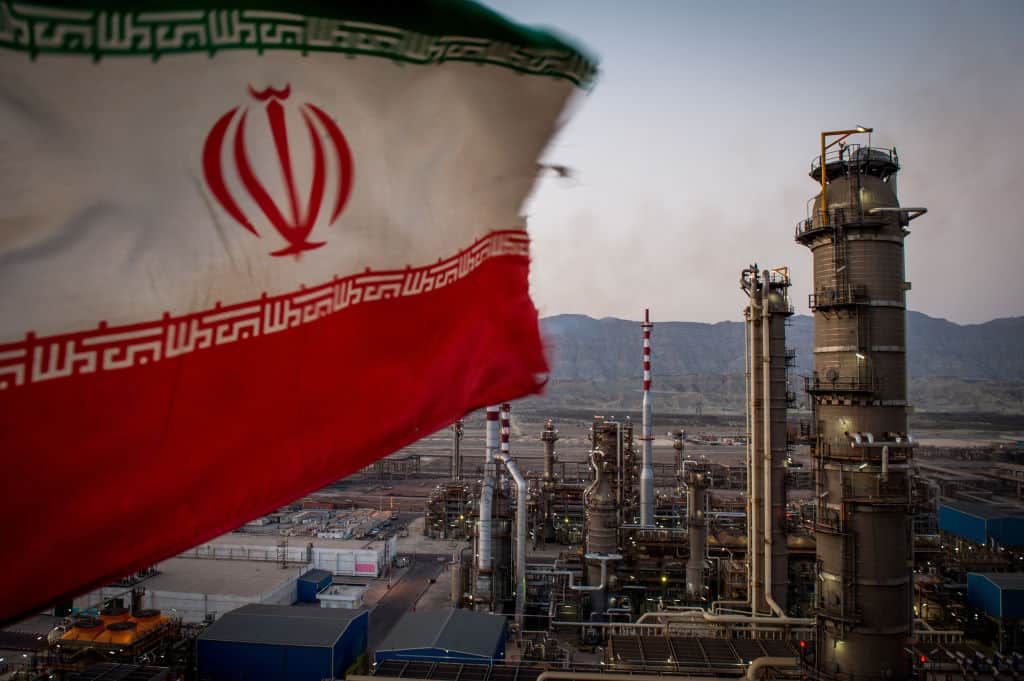
Oil investors now have to contend with another wildcard: Iran soon returning to the oil markets. After a three-year layoff, Iran could be poised to officially rejoin the ranks of oil exporters as early as 2021. But does it really portend oil price doom? Not necessarily.
Oil prices reacted positively after OPEC and its non-OPEC partners last week reached a favorable agreement to start gradually curbing production cuts beginning in May. Starting next month, OPEC+ will allow an additional 350,000 barrels per day to join the markets, with another 350,000 coming in June and June and 450,000 barrels per day slated for July.
Going by the margin of the increases, it’s obvious that the alliance is trying to exercise plenty of caution to avoid upsetting a still-delicate market balance as the ongoing coronavirus crisis continues to cloud the market outlook.
The organization is currently holding back just over 7 million barrels per day, with OPEC kingpin Saudi Arabia voluntarily cutting an additional 1 million barrels per day.
Enter Iranian oil, which by all accounts has already reentered the oil export market in a sanctions-busting manner, thanks mainly to China.
Abbas Araghchi, Iran’s deputy foreign minister for political affairs, has named the removal of Trump-imposed US sanctions as the only pre-condition before Iran can agree to scale back atomic activities under the 2015 nuclear deal, aka JCPOA.
The United States, for its part, appears willing to play ball after president Joe Biden expressed support for a return to something similar to JCPOA. However, the Biden administration has been adamant that Iran must first take steps to return to compliance—a parameter that Tehran has rejected.
Nevertheless, many experts expect the two nations to reach some form of agreement, which could see the oil sanctions lifted in the current year. In fact, E3+2 members of the nuclear deal (the UK, France, Germany, Russia, and China) are now getting together in Vienna to discuss what happens next, with the Biden administration also in Vienna, though there will be no face-to-face with the Iranians.
Before the sanctions, Iran was one of the world’s leading crude exporters, capable of pumping in excess of 4 million barrels a day in its heyday.
While the specter of millions of barrels flooding the market could be unsettling for the bulls—and quite capable of derailing OPEC’s curtailment efforts–investors should probably not fret too much about it.
Iran’s crude exports
Iran’s Crude Oil: Exports from 2008 to 2019
Source: CEIC
It’s an open secret that Iran has been flouting U.S. sanctions by applying several cloaking methods to evade detection and sell its crude oil to China.
OPEC estimates that Iranian crude production in February clocked in at 2.14 million b/d, a 190,000 b/d increase from a 30-year low of 1.95 million b/d in August. Still, that’s a long way off the 3.48 million b/d Iran pumped in 2016 and 3.79 million b/d in 2017.
But here’s the kicker: Some tanker tracker sources—which rely on satellite imagery to follow global oil shipments—are suggesting that Iran’s oil exports are already fairly high, meaning we may not see a huge increase even if sanctions are lifted.
Iran’s crude and condensate exports were estimated at 825,000 b/d in Q1, a considerable improvement from 420,000 b/d in Q3 2020 but a far cry from the 2.125M b/d the country exported in 2017. You can bet that China is more than happy to take the bulk of this crude, especially since Iran sells it to Chinese refineries at a steep discount to Brent crude.
The relatively high level of exports amid those sanctions could mean that Iran is not desperate for a nuclear deal—and could in fact be hoping to prove that sanctions mean nothing.
Big wildcard
Let’s just say that at this point, Iran remains a big wildcard despite the lack of certainty that a deal with the U.S. will materialize anytime soon.
It’s not like Iran will lack buyers for its crude if it decides coming back to the market is a good idea.
Bloomberg has reported that Iran has already contacted at least five of its old Asian customers to strike deals in anticipation of eased sanctions. China and India have traditionally been Iran’s biggest buyers in Asia, followed by South Korea and Japan. India, the world’s third-largest oil importer, will be hoping to diversify its crude sources and lower its reliance on Iraq and Saudi Arabia.
But ultimately, Covid-19 will continue being the oil market’s biggest wildcard. Neil Beveridge, senior oil and gas analyst at Bernstein Research, says demand could potentially increase by 4 to 5 million barrels as we get into 3Q and 4Q if Covid-19 vaccine rollout progresses smoothly—at which point it might not matter much what Iran does or fails to do.
The United States has so far unveiled the world’s fastest vaccine rollout as Bloomberg, placing itself in the best position for a re-opening economy. The latest vaccination rate stands at 3,053,566 doses per day, meaning it will cover 75% of the population, or the so-called herd immunity number, in just three months.
